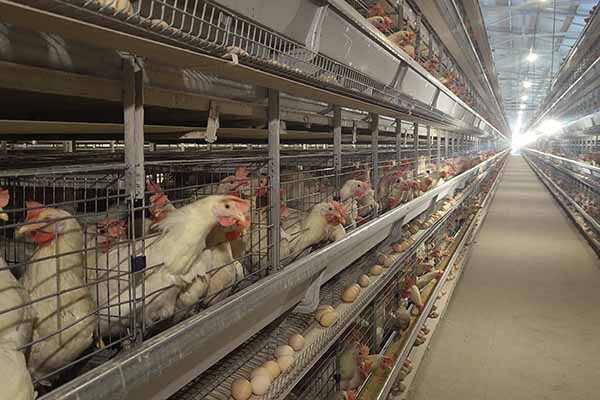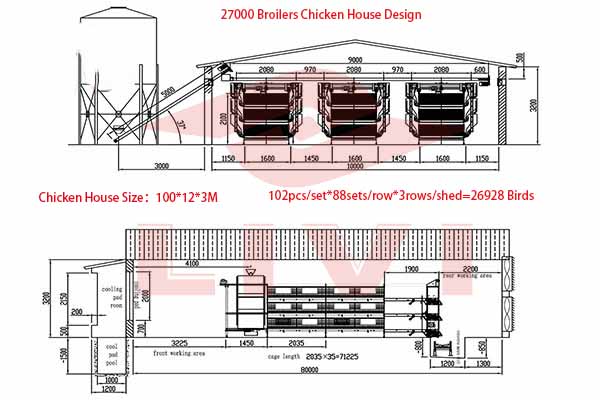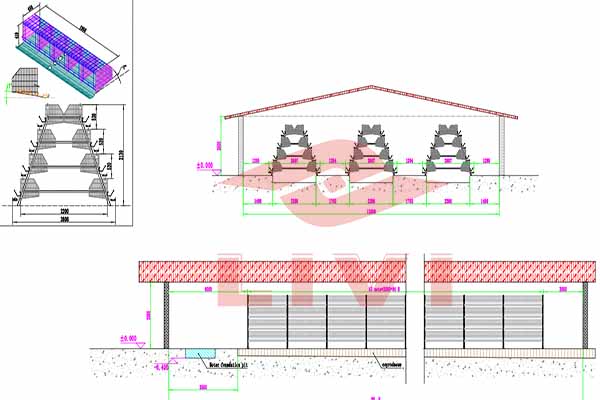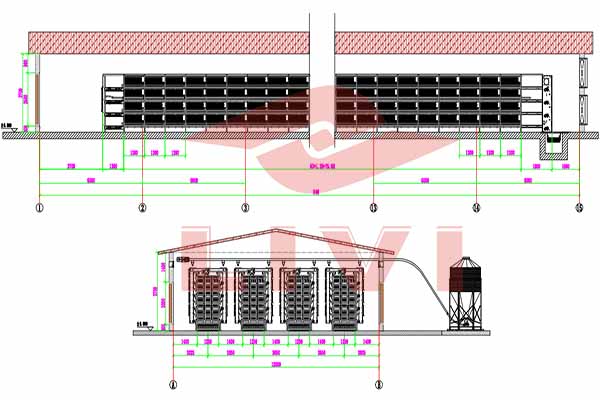Optimizing Poultry House Energy Efficiency: Systems for Enhanced Productivity
Introduction to Energy-Efficient Poultry House Systems
Poultry farming, an essential sector of agriculture, requires energy-efficient systems to maintain optimal conditions for the health and productivity of birds. With rising energy costs and environmental concerns, adopting energy-efficient systems in poultry houses has become a priority. This article delves into the importance of energy-efficient systems in poultry houses and provides insights into the various options available.
According to a report by the FAO, energy consumption in poultry houses accounts for approximately 20% of the total energy use in the sector. Therefore, implementing energy-efficient systems can lead to significant cost savings and environmental benefits.

Key Energy-Efficient Systems for Poultry Houses
- Insulation: Proper insulation is crucial in maintaining the temperature inside the poultry house. Insulating the walls, ceiling, and floors can reduce heat loss and minimize the need for heating or cooling. It can lead to energy savings of up to 30%, as stated by the Poultry Science Association.
- Natural Ventilation: Utilizing natural ventilation can lower the energy consumption of fans and air conditioning units. Strategic placement of windows and vents can optimize airflow and reduce the reliance on mechanical ventilation.
- LED Lighting: LED lighting consumes significantly less energy compared to traditional bulbs, reducing electricity bills and extending the lifespan of the bulbs. The U.S. Department of Energy reports that LED lighting can reduce energy consumption by up to 80%.
- Renewable Energy Sources: Investing in renewable energy sources such as solar panels can further reduce energy costs and minimize the environmental footprint of poultry houses.
Implementing Energy-Efficient Systems: Case Study
A case study conducted by the Poultry Energy Management Group revealed that implementing energy-efficient systems in a poultry house resulted in a 40% reduction in energy consumption. The study further highlighted the benefits of combining insulation, natural ventilation, and LED lighting to achieve significant savings.
| System | Energy Consumption Reduction (%) |
|---|---|
| Insulation | 20 |
| Natural Ventilation | 10 |
| LED Lighting | 10 |
Conclusion
Implementing energy-efficient systems in poultry houses is crucial for cost savings, environmental benefits, and overall productivity. By investing in insulation, natural ventilation, LED lighting, and renewable energy sources, poultry farmers can achieve significant energy savings and create a sustainable operation.
For more information on how to optimize your poultry house energy efficiency, contact us today. We offer free poultry house design solutions and equipment quotes t o help you make informed decisions for your farm.
o help you make informed decisions for your farm.




